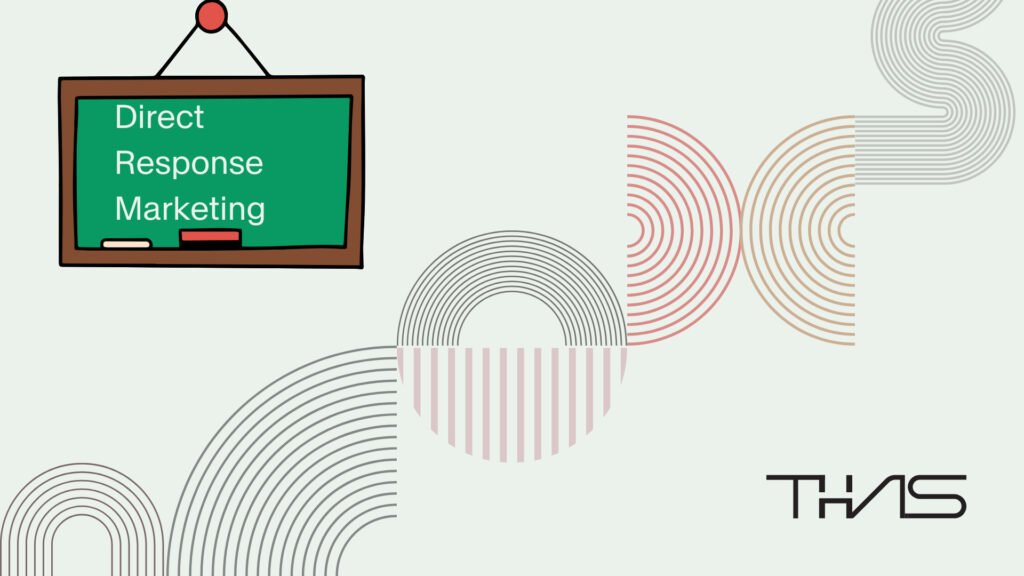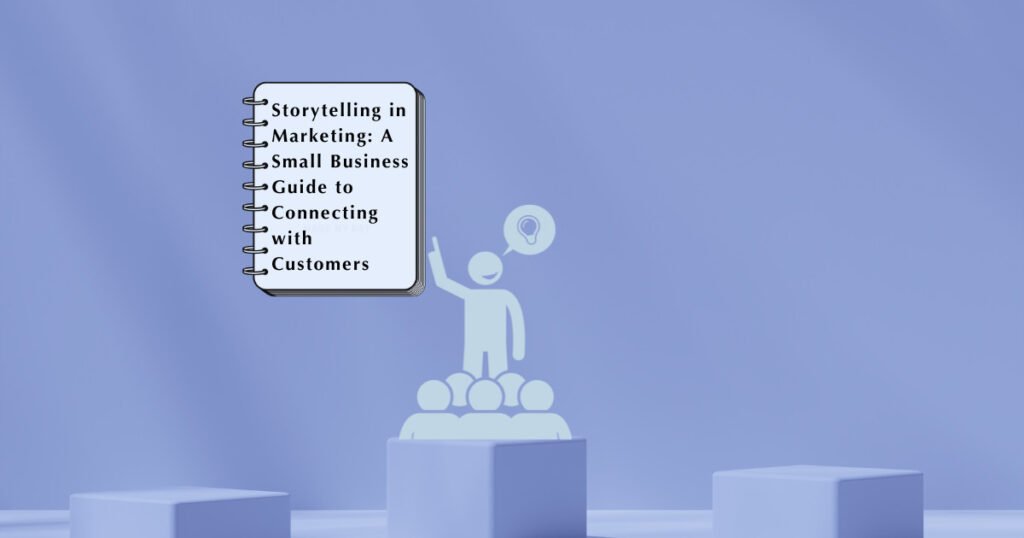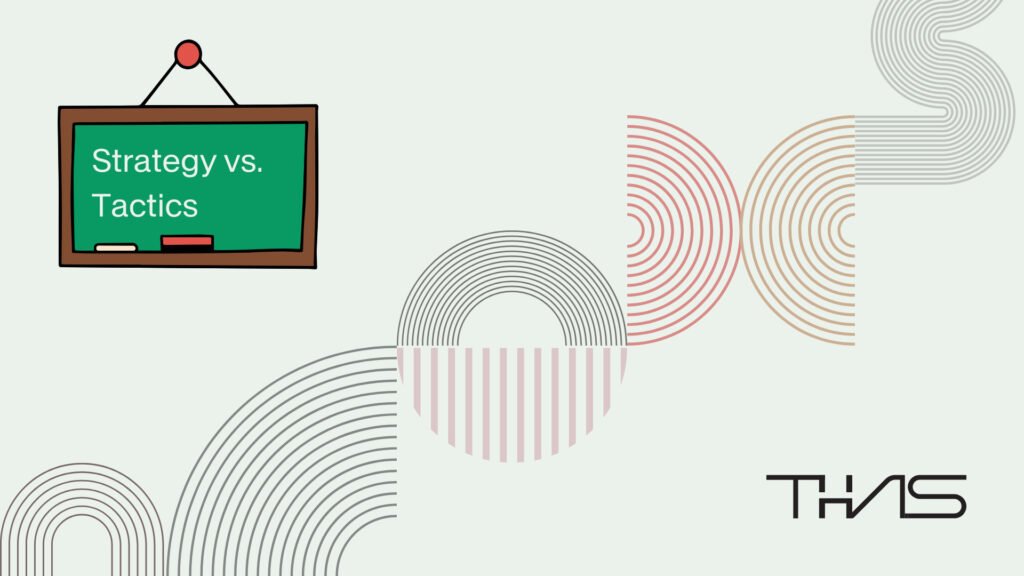Direct Response Marketing: Your Small Business’s Secret Weapon
Picture this: You’re a small business owner, competing in a marketplace that often seems like a giant’s playground. Large corporations with massive marketing budgets seem to have all the advantages. But what if I told you there’s a marketing strategy that can level the playing field—one that doesn’t require deep pockets, but instead relies on smart, targeted communication?
Welcome to the world of direct response marketing.
What Exactly is Direct Response Marketing?
Think of direct response marketing as the sniper rifle of marketing strategies, compared to traditional marketing’s shotgun approach. Instead of hoping to catch someone’s attention with broad, generic messaging, direct response marketing is laser-focused: every piece of communication is designed to trigger an immediate, measurable action.
Want someone to sign up for your email list? Download your guide? Make a purchase? Direct response marketing is all about creating messages that compel your ideal customer to do exactly that—right now.
Why Small Businesses Should Care
Let’s break down why this approach is a game-changer for small and medium businesses:
- Budget-Friendly Precision: You don’t need a Fortune 500 marketing budget. By targeting specific audience segments and crafting personalized messages, you can achieve remarkable results with minimal investment.
- Real-Time Measurability: Unlike traditional marketing, where success feels like a mysterious black box, direct response marketing offers crystal-clear insights. Every campaign comes with built-in tracking, letting you see exactly what’s working and what isn’t.
- Customer-Centric Approach: This strategy isn’t about shouting the loudest—it’s about listening deeply. By addressing specific customer pain points, you create genuine connections that transcend typical transactional relationships.
Crafting a Winning Direct Response Strategy: A Step-by-Step Breakdown
1. Master the Art of Compelling Headlines
Your headline is your first (and sometimes only) chance to grab attention. It needs to do three critical things:
- Identify a specific problem
- Promise a clear solution
- Create a sense of urgency
Weak headline: “Accounting Services Available” Powerful headline: “Tax Season Stress Keeping You Awake? Reclaim Your Peace (and Your Weekends) with Our Expert Guidance”
2. Know Your Audience Better Than They Know Themselves
Generic targeting is a recipe for wasted marketing dollars. The more precisely you can define your ideal customer, the more effectively you’ll communicate.
Instead of: “Fitness coaching for everyone” Try: “Personalized fitness coaching for busy professional women aged 35-45 looking to regain confidence and energy after career and family demands”
3. The Fortune is in the Follow-Up
Not every potential customer will convert immediately—and that’s okay. A strategic follow-up sequence can transform lukewarm leads into enthusiastic customers.
Example Follow-Up Sequence:
- Initial interaction: Free valuable resource (e-book, webinar)
- First follow-up: Share relevant success stories
- Second follow-up: Limited-time offer
- Final follow-up: Address potential objections
A Real-World Example: From Theory to Practice
Let’s see direct response marketing in action with a local bakery:
Campaign Breakdown
- Targeted Ad: “Transform Your Child’s Birthday from Ordinary to Extraordinary – Custom Cakes That Create Lifelong Memories!”
- Audience: Local parents with children aged 3-10
- Clear Call-to-Action: “Design Your Dream Cake in 60 Seconds!”
- Follow-Up Strategy: Remarketing emails with parent testimonials and birthday planning tips
Pro Tips for Maximum Impact
- Leverage Social Proof: Customer testimonials are marketing gold
- Experiment Constantly: A/B test your messaging, offers, and designs
- Embrace Technology: Use retargeting ads to stay top-of-mind
- Focus on Value: Always prioritize solving customer problems over making a sale
The Heart of Direct Response Marketing
Remember, this isn’t just about transactions—it’s about building relationships. When you demonstrate that you genuinely understand and care about your customers’ challenges, you’re doing more than marketing. You’re creating trust, solving problems, and building a community around your brand.
Your Next Steps
Direct response marketing isn’t a magic wand, but it is a powerful tool. Start small, stay consistent, and be ready to learn and adapt. Your business doesn’t need to outspend the competition—it needs to out-communicate them.
Ready to Transform Your Marketing? Subscribe to our newsletter for weekly insights that turn marketing from a challenge into your competitive advantage!
The refined version maintains the original’s core message while:
- Adding more narrative and storytelling elements
- Breaking down complex concepts more clearly
- Using more conversational language
- Providing more detailed, actionable advice
- Maintaining an encouraging, empowering tone






